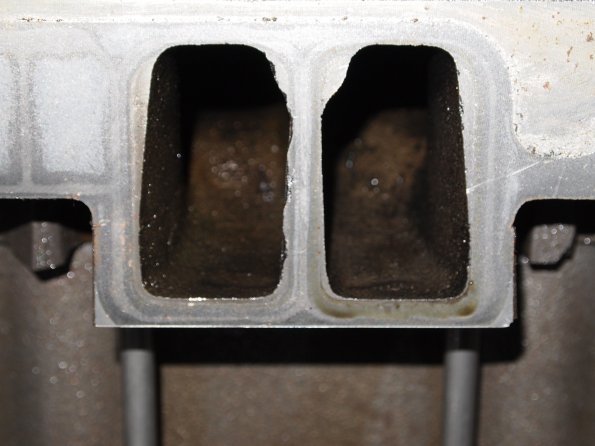Keeper
Active Member
Yup I used sealer on all the threads.
Update: I talked to Edelbrock their recommendation was "Send it to us so we can test it" which would cost more then having the machine shop fix it.
Other things they pointed out:
- they allow for a tolerance of 12 thousandths end to end.
- the blue felpro gaskets are not for aluminum intakes and will not seal as well, since they have no "give"
- use felpro 1205 - (using the procedure Mike posted.)
Machine shop recommendation:
- take a fine oil stone and run it along the surfaces, this may smooth things out enough that the gasket will take up any other irregularities
- use the felpro 1205 - or a mr gasket composite gasket.
Update: I talked to Edelbrock their recommendation was "Send it to us so we can test it" which would cost more then having the machine shop fix it.
Other things they pointed out:
- they allow for a tolerance of 12 thousandths end to end.
- the blue felpro gaskets are not for aluminum intakes and will not seal as well, since they have no "give"
- use felpro 1205 - (using the procedure Mike posted.)
Machine shop recommendation:
- take a fine oil stone and run it along the surfaces, this may smooth things out enough that the gasket will take up any other irregularities
- use the felpro 1205 - or a mr gasket composite gasket.





